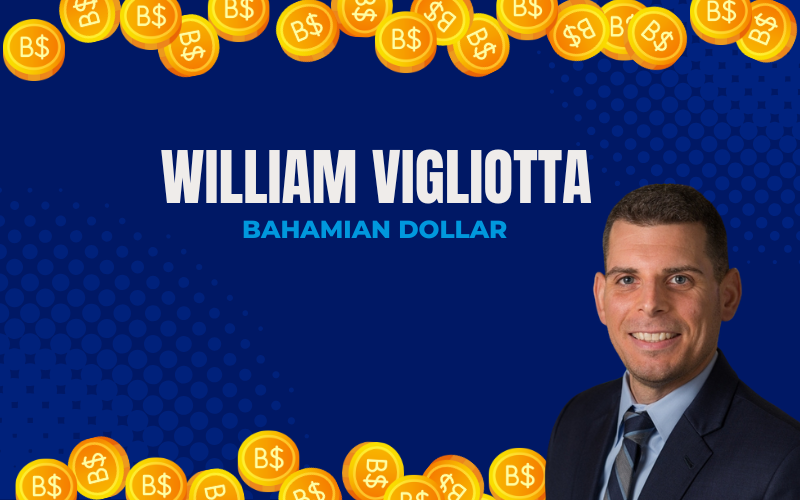After several trading sessions marked by range-bound trading and remarkably low volatility, the United States Dollar finally found some legs yesterday and is starting this morning on the front foot.
Overview
The Producers’ Price Index, marking the second higher inflation reading within the span of a week, opened the floodgates to a firmly USD-bid marketplace yesterday, and Dollar prices gained across the G10 board. Though the Federal Reserve next week is not expected to change the US’ interest rate, overnight swaps pricing has changed fairly substantially as expectations for the Fed’s actions later this year continue to change.
As it stood earlier this week, markets saw a certainty that the Federal Reserve would cut interest rates at least three times this year, with the possibility of a fourth. This would total between 75 and 100 basis points of policy easing this year, in line with the Fed’s most recently published dot plot. Now, however, traders are pricing in just a touch under 3 cuts this year, roughly a 15-point difference. The Fed’s March and April meetings are all but guaranteed to be nonexistent, and pricing this week has shifted toward placing the June meeting back into live status. Markets now are not definitively pricing in a cut until July. Expectations of easing from the Fed continue to shift later and lower, and as other central banks around the world signal they may move their easing policies sooner and higher, the Dollar took advantage of the discrepancy yesterday.
Next week promises to be quite the busy one with meetings from the Federal Reserve, Reserve Bank of Australia, the Bank of Japan, and the Bank of England. Few material policy changes are expected this go-around, but any forward-looking guidance will be devoured by traders scouring for clues.
What to Watch Today…
GBP ⇓
Pound Sterling, though relatively flat in price action today, is capping off a week that saw it lose nearly a percent of ground against the USD. Future inflation expectations in the UK have dropped off a bit, and Chancellor Jeremy Hunt said earlier this month in a budget speech to Parliament that he expects inflation to return toward the BoE’s 2% target in a matter of months. Ahead of the Bank of England’s meeting next week, it appears members may be leaning more toward stabilizing economic growth, and the potential remains for the BoE to cut interest rates further than the Fed this year.
NZD ⇓
The New Zealand Dollar, and its Australian counterpart to a lesser extent, are sliding against the USD today as the Buck caps off a winning week. Growth concerns have weighed on NZD, and Finance Minister Nicola Willis said that New Zealand’s official forecasts for growth will be rather dark when they are released later this month. Though New Zealand’s manufacturing PMI was revised upward, a reading of 49.3 is still in negative territory. AUD also slipped, following iron ore prices that have fallen 12% this week, its biggest weekly drop since the middle of 2022.




